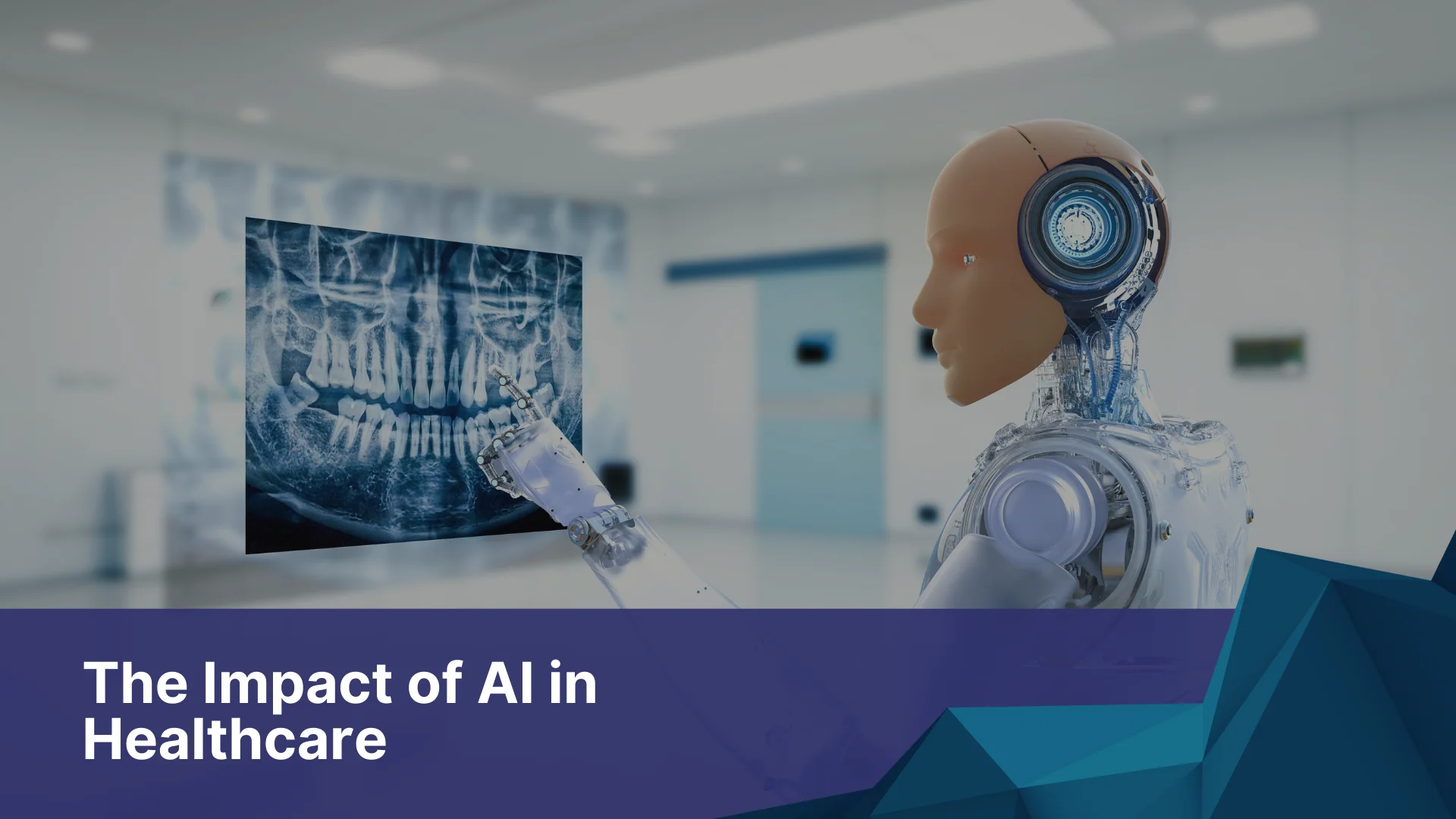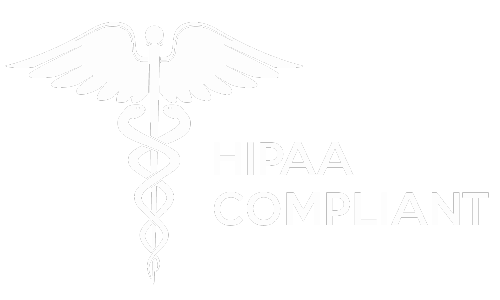The Impact of AI in Healthcare: Transforming Radiology for Future Healthcare Demands

Table of Contents
There is an increasing demand in the healthcare industry, especially in radiology, which has led to the need for innovative solutions. Immense pressure on radiology departments is due to various factors, including rising chronic disease prevalence, advancements in imaging technologies, and the aging population. Simultaneously, there is a radiologist staffing shortage and a risk of clinician burnout. Artificial Intelligence (AI) is proving itself as a transformative tool. It improves diagnostic accuracy, reduces burnout, and improves patient outcomes. This blog will explore the impact of AI in healthcare and how it addresses workforce challenges in radiology.
The Growing Role of Non-physician Practitioners in Imaging Interpretation
In the past, the responsibility of diagnostic imaging lay with the radiologists. Now, that has changed. Non-physician practitioners (NNPs), such as nurse practitioners (NPs) and physician assistants (PAs), are involved in interpreting medical images.
The increasing demand for healthcare services and the shortage of trained radiologists are the primary factors behind this change. Furthermore, their roles for NPPs are expanding in various regions. For example, the rate of imaging services billed by NPPs increased by approximately 27% between the years 2016 and 2020. In urban areas, this trend is more notable, as demands for imaging are higher. Therefore, focusing on the potential impact of AI in healthcare is critical.
Workforce Challenges in Radiology
There are various challenges that the radiology workforce faces, and managing them is highly difficult. There is a growing demand for diagnostic imaging. Many factors, such as advancements in imaging technologies, the aging population, and an increase in chronic conditions, e.g., neurological disorders and heart disease, contribute to the rise in demand. However, there are not enough radiologists available to meet this growing demand. Consequently, they deal with higher workloads, patients face longer wait times, and healthcare systems cannot meet the increasing requirement for diagnostic services.
Moreover, radiologists are also facing burnout. They work long hours, handle a high number of cases, and deal with administrative pressures. All this leads to an increase in stress and job dissatisfaction within this field. The negative impact is not only on radiologists but also on patient care.
The Increasing Burden of Imaging Studies
In recent years, there has been a rise in the number of orders for imaging studies. Advanced imaging technologies such as MRI and CT are the driving factors behind it. Although these technologies are essential for diagnosing various conditions, using them has caused an increase in the burden on radiology departments. It has resulted in a strain on resources and a longer wait time for patients.
The radiology community has emphasized the necessity of appropriate imaging usage to address this rise in demand. They need to advocate for a fair usage of imaging and ensure that ordering tests only takes place when necessary. Additionally, initiatives to reduce radiation exposure, such as “imaging gently,” are gaining attention. An example of such an impact of AI in healthcare is RadioView.AI which uses zero-footprint web view for medical image viewing.
The Critical Role of AI in Radiology
Artificial intelligence is proving to be a powerful tool that can address many pressing challenges in the field of radiology. It can improve workflow efficiency, automate routine tasks, and increase diagnostic accuracy. As a result, it can help radiologists meet the rising demand for imaging services through advanced imaging technologies.
AI can ensure high-quality images with minimal radiation exposure in image acquisition by optimizing scan parameters. It uses real-time adjustments to reduce radiation without affecting diagnostic clarity. Furthermore, it lowers scan times and allows radiologists to handle more cases.
Undoubtedly, AI is transforming the field of radiology by improving image interpretation and reporting. It helps radiologists analyze complex medical images, for example, identifying tumors in CT scans or detecting cerebral hemorrhages and stroke subtypes. NeuroICH is a great example of leveraging AI for the detection of intracranial hemorrhage and saving lives through early intervention.
In radiology reporting, AI can automate accurate report generation. It reduces the administrative burden and improves communication with healthcare professionals. Moreover, it streamlines radiology workflows by triaging cases based on their level of urgency. Therefore, it ensures critical conditions are prioritized, such as trauma or stroke. As a result, the impact of AI in healthcare can minimize delays and improve patient outcomes.
AI: A Tool for Radiologists, Not a Replacement
Although AI is a powerful tool, it is not a potential replacement for radiologists. It is built to assist radiologists and complement their expertise, thereby increasing efficiency in their workflow. It automates routine tasks, allowing radiologists to focus on more complex cases. They can give more time to patients and reduce burnout.
Additionally, AI fosters efficient collaboration between radiologists and other healthcare providers. It provides valuable insights to radiologists by analyzing large amounts of data swiftly, empowering them to make informed decisions. The impact of AI in healthcare is improved patient care.
The Future of AI in Radiology
Although the integration of AI in radiology is in its initial stages, it has great potential. The evolution of AI technology is predicted to play an even more massive role in the future of healthcare. To ensure that AI implementation is done responsibly and ethically, healthcare policymakers, radiologists, AI developers, and other stakeholders should work together. They must remain focused on supporting healthcare professionals and improving patient care for a positive impact of AI in healthcare.
Conclusion
To summarize, AI has the potential to transform the field of radiology and reshape its future. It provides solutions to various challenges that radiologists currently face. AI can assist radiologists in meeting the rising demand for imaging services by automating routine tasks, streamlining workflows, and improving diagnostic accuracy. As a result, it reduces burnout and enhances patient care. With the evolution of AI technology, its implementation in radiology will play a crucial role in transforming the future of healthcare.
FAQs
How does AI impact the healthcare industry?
AI improves patient care by making it more personalized and efficient. It enhances diagnostics, treatment plans, patient monitoring, and reduces administrative burdens.
What is the benefit of AI in healthcare?
AI quickly analyzes large amounts of data, like medical records and scans, to assist in diagnoses. It also automates routine tasks like record-keeping and data entry.
What are the positive and negative effects of AI in healthcare?
AI improves diagnoses, patient care, and efficiency but raises concerns about costs, privacy, and the need for human oversight.
What is the role of AI in the future of healthcare?
AI will automate repetitive tasks, reduce costs, and improve service, allowing healthcare workers to focus on creativity and innovation.
When was AI first used in healthcare?
AI research in healthcare began in the 1950s, with practical applications emerging by the 1970s.
We are the best in class
Why Choose Us
Innovative solutions built for efficiency, accuracy, and effortless integration.


